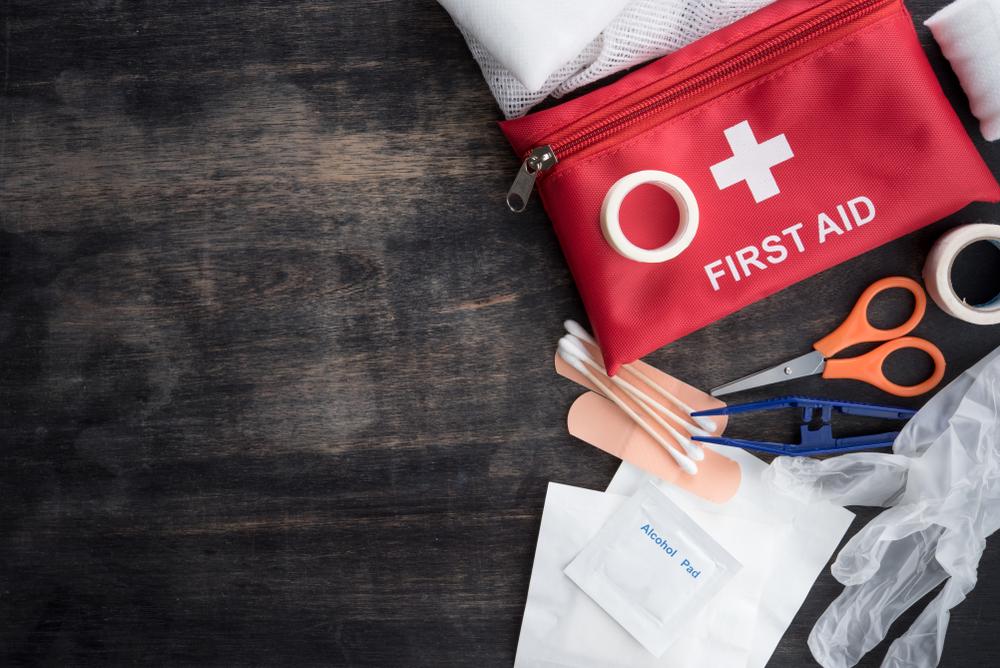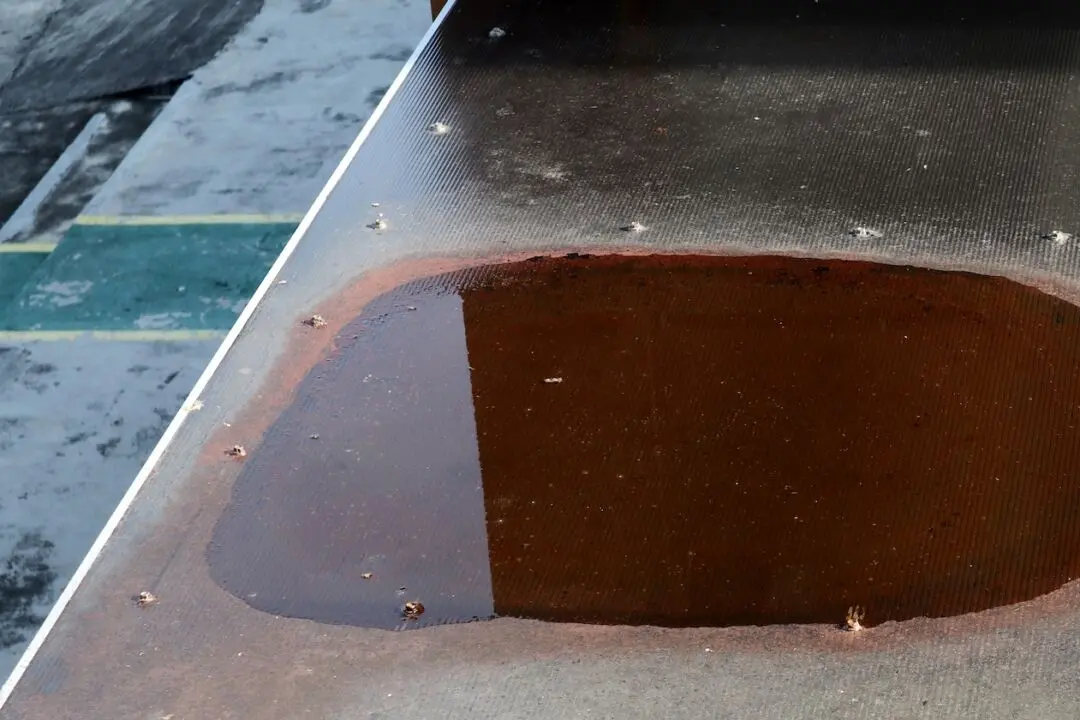Dear James: I have worked with hand and power tools for years, but recently hurt myself with no one around. What things should I include in a first-aid kit for my toolshed?—Isaac L.
Dear Isaac: It definitely is a good idea to have a complete first-aid kit readily available, even if you are not alone in the toolshed or your neighbors are nearby. If you are seriously injured, it may take some time to get everything together to stabilize you until professional help arrives.





